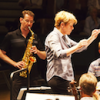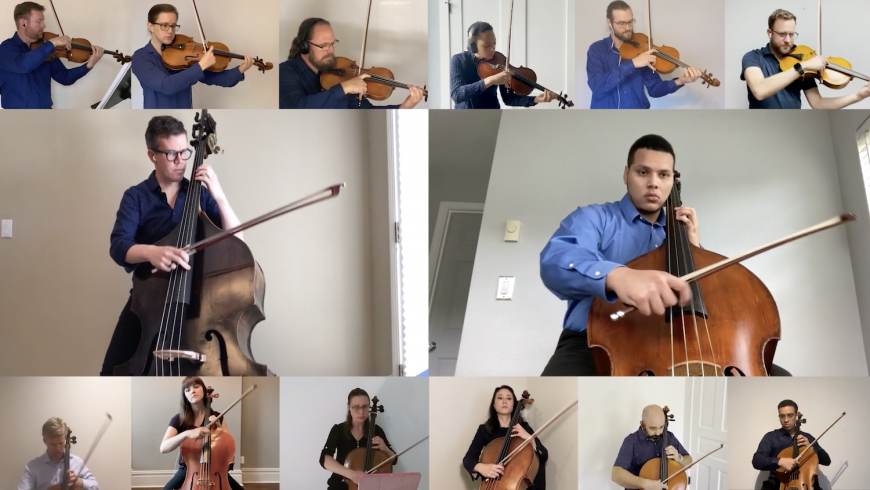
The Cabrillo Festival of Contemporary Music, returning after a year’s absence, took an unusual tack in this pandemic season. It held its usual four main concerts over two weekends, but nobody needed to show up in Santa Cruz to hear them. They were released on the web, for free, and left up for long-term viewing. Two concerts featured chamber or solo instrument music, including Jake Heggie’s Violins of Hope song cycle from early 2020, Intonations. This review, though, will focus on the two new brief orchestral works commissioned for this year’s festival: Contested Eden by Gabriela Lena Frank, released on July 31, and Sprout by Sean Shepherd, released on August 8. Both were composed in response to the CZU Lightning Complex fires that devastated northern Santa Cruz County last summer.
The festival orchestra did not gather to perform them. The musicians were sent click tracks for reference, and made self-recordings in their home studios. That’s all the musicians, including all 18 violinists. There were none of those shortcuts where one performance per part is recorded and then dubbed over itself. All these tracks were then combined in a prodigious feat of audio engineering by Svet Stoyanov, a Cabrillo percussionist who has taken up a role as audio editor during the pandemic. Even the varying sound quality of the different home studios was taken into account.
The question then remained, if there’s no orchestra on stage, what will the listeners look at? Cabrillo framed its pieces as collaborations between the composers and visual artists commissioned to respond to the music. Frank was paired with a troupe of five dancers led by choreographer Molly Katzman, who were filmed performing slow, ghostly, and hypnotically enchanting steps through the burned trees from the CZU fires. Shepherd’s Sprout was paired with film part animated and part live-action processed to look like animation, matching the music in depicting the life, fire destruction, and rebirth of a forest. This was prepared by David Murakami and Sam Clevenger. As Sprout is less than five minutes long, the music was repeated with an anthology video prepared by Stoyanov of the individual musicians performing. The concert also included a live recording of Shepherd’s Melt from the 2018 festival. This depiction of glaciers was matched with polar ice photographs and film by Camille Seaman.
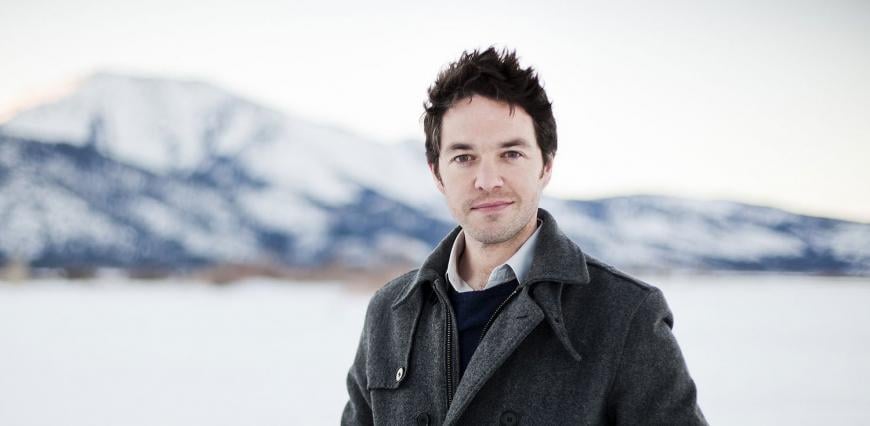
In a post-concert Q&A, Shepherd spoke of his conviction that there needs to be “something significant about the entire experience” of a work of music, and of his attempt to place such significance in the brief space of five minutes. Both Contested Eden and Sprout are solid works conveying confidence in the weight of their utterances, without note-spinning or fluff. In idiom, they are both admirable examples of what can be achieved in tonal music that sounds contemporary without heavy astringency or resorting to neoromanticism or minimalist devices.
Frank writes that in composing Contested Eden she first purged herself of the “tired cliches” of documentary film music. Her work, lasting 12 minutes, begins with high-pitched, long-breathed lamenting melodies over ostinatos or strumming, sounds highly characteristic of Frank’s work. A long descending string line then travels so lightly and moves so slowly that it’s hidden behind bursts of sound erupting from the rest of the orchestra in the form of transformed quotations from other Frank pieces. The idea, she writes, is to convey the lack of coherence one feels in the aftermath of a major fire.
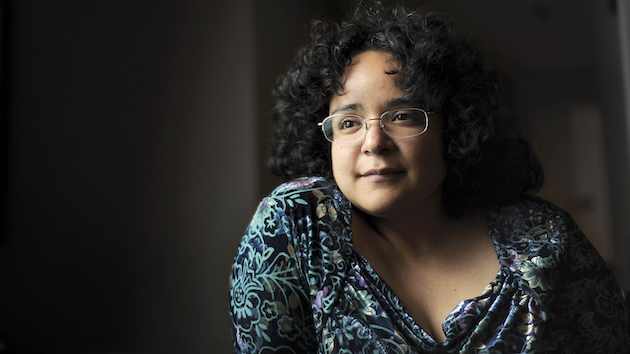
Where Shepherd’s Melt is a soundscape work built on held chords, with turmoil and upheaval in the middle, Sprout is busier and more extraverted within a similar shape. It begins with diatonic swirling and overlapping motifs in the winds. The orchestra builds up and then stops with sudden chords. A central section begins with more chromatic twisting falling curlicues in the winds and then builds up again to violence before suddenly stopping again. A moment of silence precedes a return to a bolder version of the opening section, with held open harmonies and brass declamations in a reminiscence of the American nationalist style of Aaron Copland.
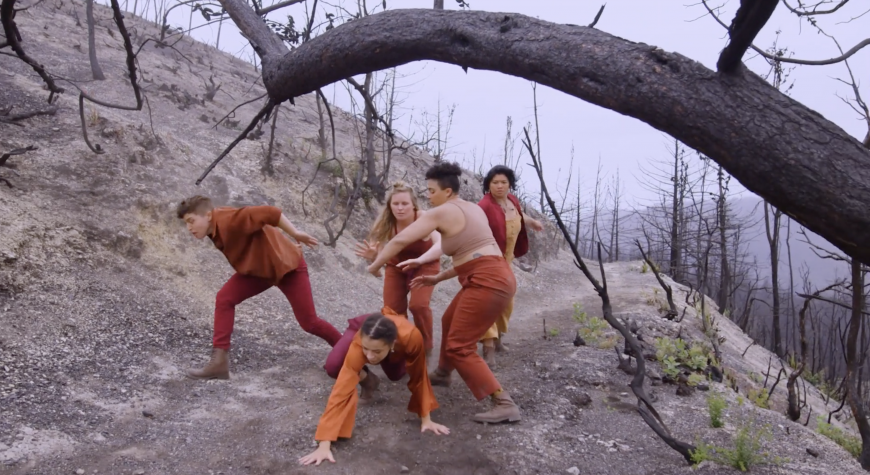
Murakami and Clevenger’s video makes explicit what’s happening here, in Shepherd’s words “telling a story I was trying to hint at.” The opening is the growth of a forest, the central section a destructive fire preceded by lightning strikes, and the end is the forest’s rebirth. Contested Eden also ends with a brief return to the work’s beginning. Frank says that she was attempting to convey a “mixture of hope and resolve.” That forests can recover quickly after a fire allows both works to be fundamentally optimistic in a way that climate-based music can rarely achieve.




